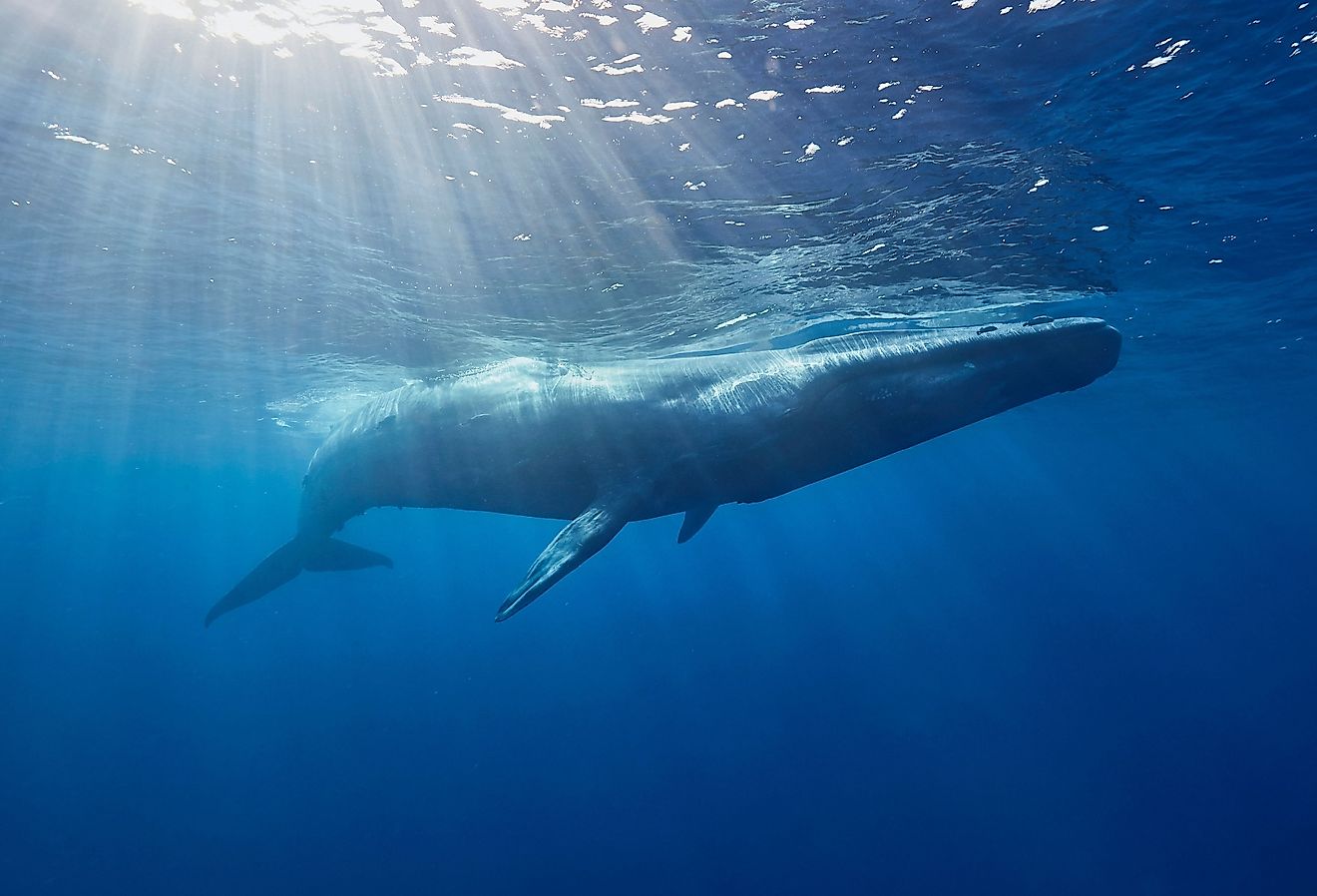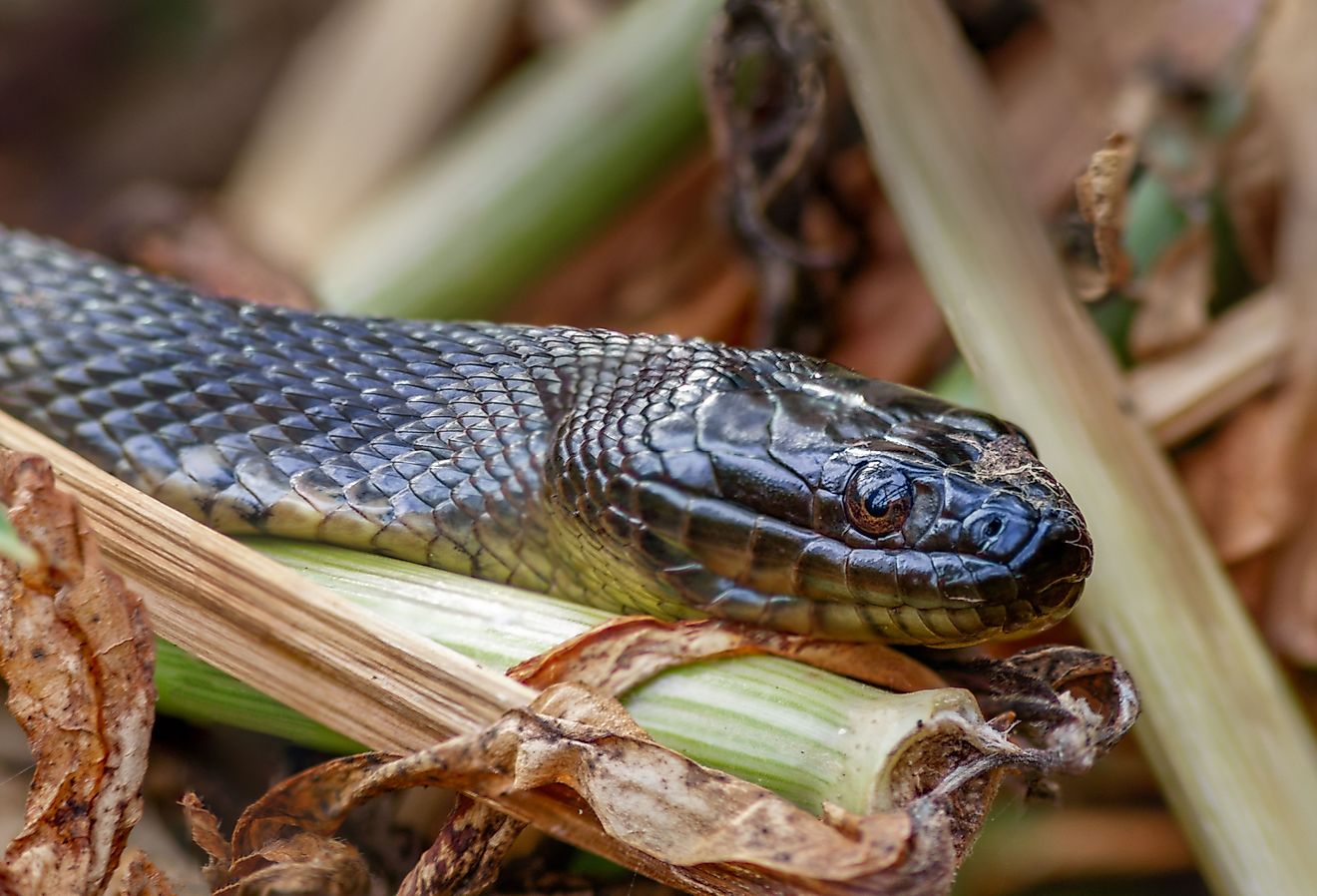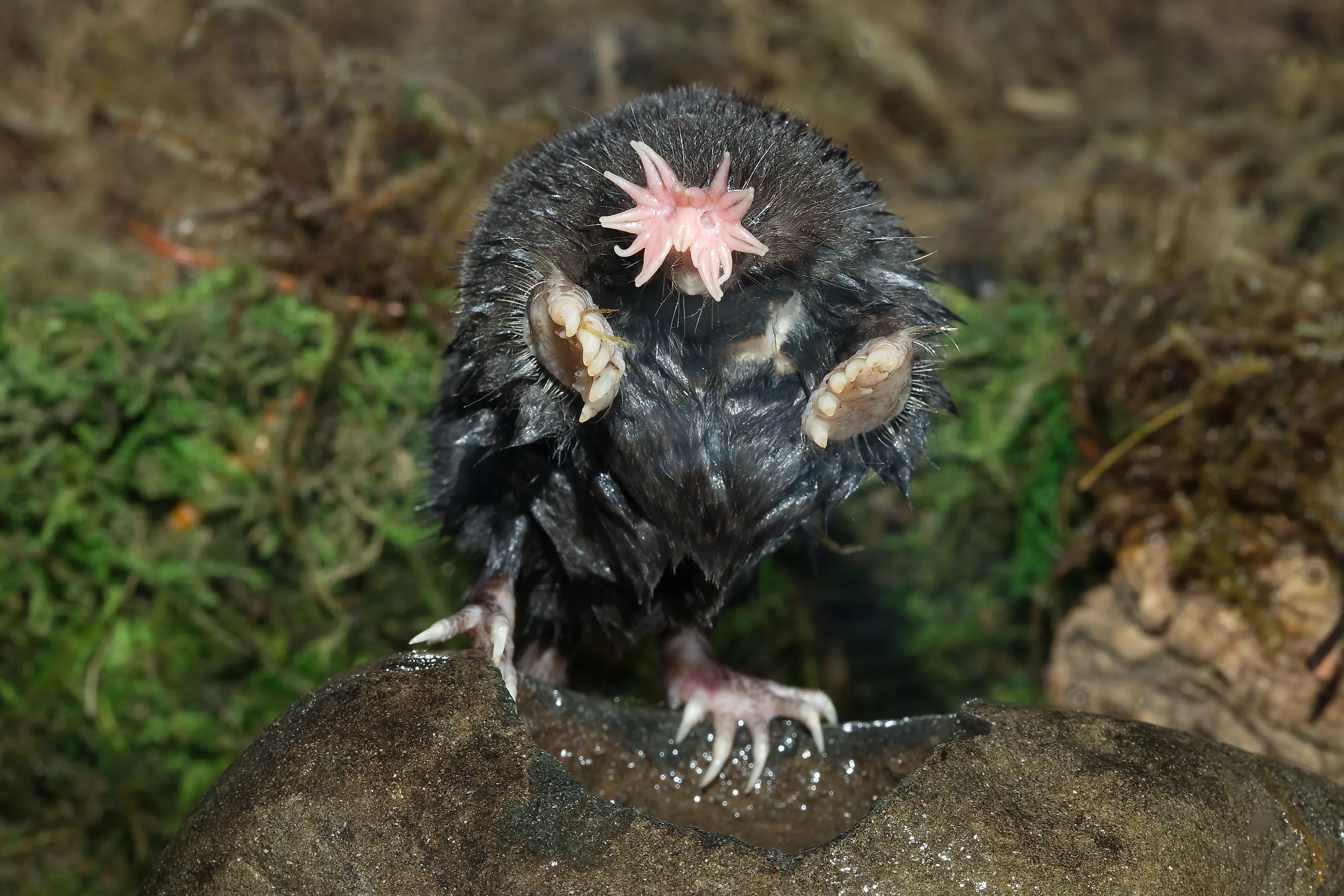
The Lightning-Fast Star-Nosed Mole
Although moles are customarily associated with digging tunnels, and are sometimes even considered garden pests, the star-nosed mole (Condylura cristata) is known for something entirely different: its nose. With twenty-two tentacles stemming from its snout in a star-like pattern, this species of mole is undoubtedly unique. The most distinctive feature of this animal is its ability to quickly detect and swallow prey with its tentacles, identifying and consuming food in as little as 120 milliseconds. They are considered the fastest foraging mammal on the planet and are referenced in the Guinness Book of World Records as the fastest eating mammal, making them far from the average garden pest.
A Specialized Nose

The star-nosed mole, part of the Talpidae family, is found throughout North America and Eastern Canadian wetlands. Most moles live in almost complete darkness, as they spend their days in burrows dug beneath moist soil, and the star-nosed mole is no exception to this, preferring the moist soils found near ponds, streams, and other wetlands. Due to spending so much time in the dark, this animal doesn’t need clear vision and is nearly blind. Instead, they have something much more helpful for their surroundings and survival needs: their sense of smell.
The twenty-two tentacles that protrude from the star-nosed mole’s snout, also known as rays, are constantly in motion. They sweep the ground like a metal detector, identifying anything it touches seven times faster than a human can blink. If you were to take a peek at one of these rays under a microscope, you would see little specks on them, which look very similar to taste buds. There are 25,000 sensory papillae located on each of the tentacles, also known as Eimer's organs. The mole presses each of these tentacles into the soil, which then quickly relays back information about the environment and the whereabouts of its prey. It can go from detecting to swallowing prey in about 120 milliseconds, making its sense of touch one of the most efficient systems found in any mammal.
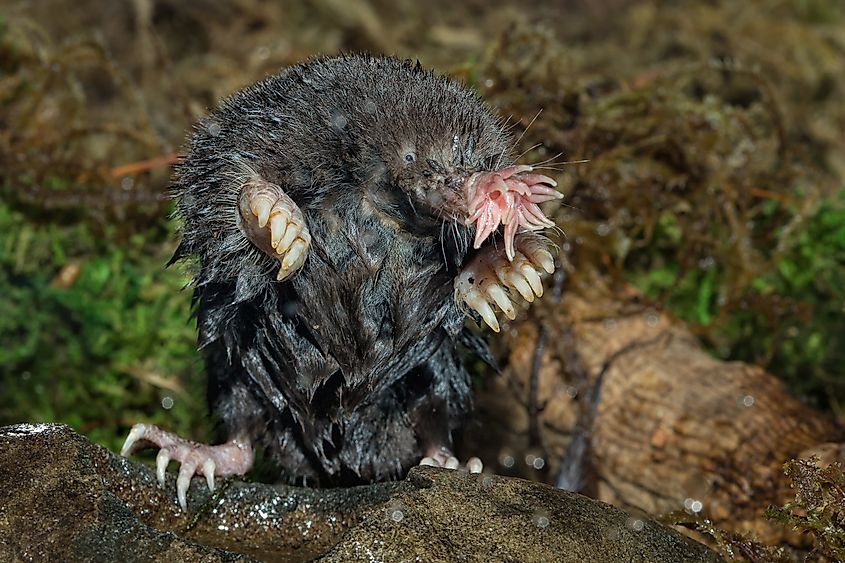
An interesting scientific discovery about the star-nosed mole was made in 2011 through a study conducted by Kenneth Catania of Vanderbilt University in Nashville, Tennessee. In his research, he discovered that the star shape of the tentacles on the animal's nose was also mirrored in the creature's brain. Each of the sensors in the rays corresponded with a different part of the brainstem and neocortex, sending an imprint of the mole's surroundings to the brain.
They Forage Just As Quickly Underwater
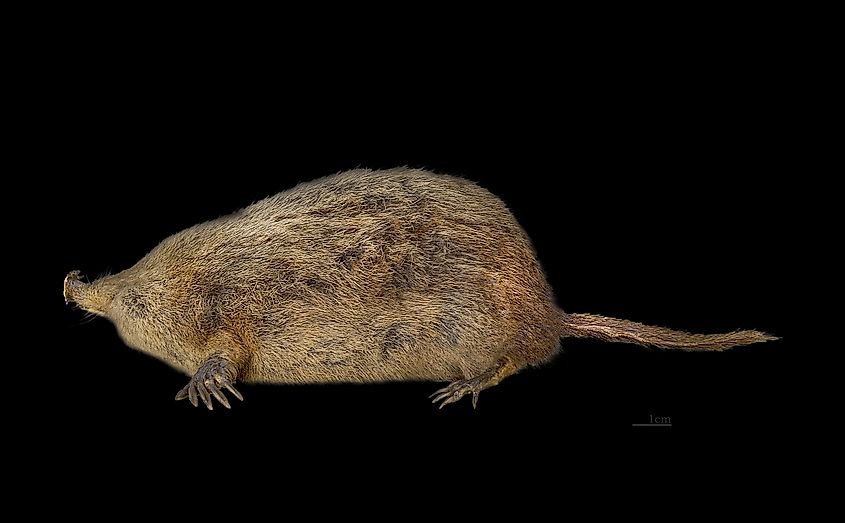
Surprisingly, only 12-25 percent of the food ingested by the star-nosed mole near water comes from land, the rest being found underwater. As they usually prefer moist soil found near bodies of water, they obtain the majority of their food source from there and are considered excellent swimmers. Despite only being able to hold their breath for ten seconds at a time, their speedy hunting reflexes mean this doesn’t stop them from foraging for plenty of food before returning to the surface. They often feed on aquatic insects and small fish, as well as mollusks, crustaceans, and small amphibians.
Interestingly, the star-nosed mole's specialized nose also plays a crucial role when hunting underwater prey, allowing it to detect prey with impressive accuracy. How is this possible? This species of mole can rapidly inhale and exhale bubbles through its nose, picking up small amounts of odor molecules found in the water. These odor molecules then lead the mole to its dinner, as it continues the process of sniffing out its prey. The mole inhales and exhales the odor molecules between 5 and 10 times per second, the water not hindering the lightning-quick hunting habits of this animal in the slightest. They can also forage by touching the bottom of the pond or lake with their rays, foraging for any aquatic invertebrates that can be found.
In Closing
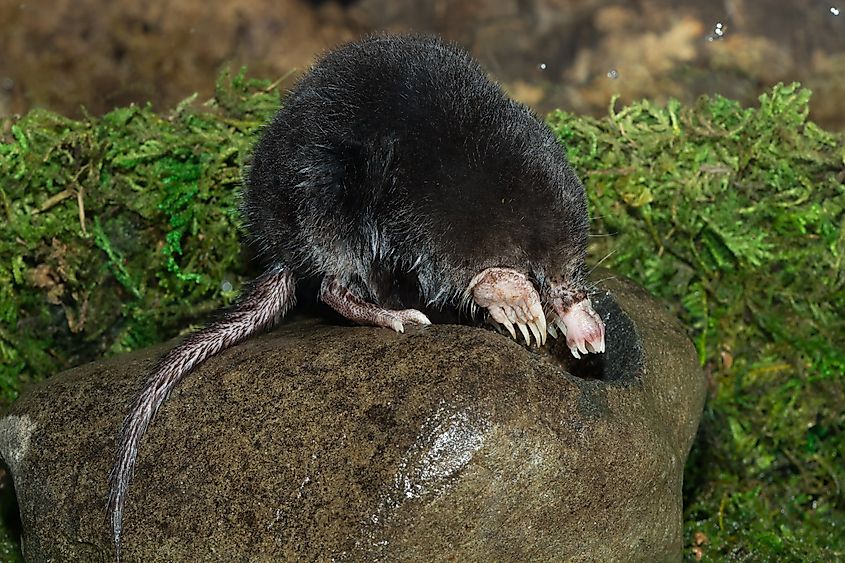
The star-nosed mole is the fastest foraging mammal on the planet, thanks to its unique nose. Although the tentacles may initially appear to be something out of a horror film or a nightmare, they are a highly effective asset to this species of mole. Scientists are still studying the intricacies of how this amazing creature functions, including how the sensory papillae connect to the brain and relay information about the environment and prey in such a rapid manner. Furthermore, researchers are still gaining insight into these animals. Recently, in 2022, it was discovered that the mole's nose is not only significantly colder than the rest of its body, but it can also sense changes in temperature in both water and air. As research on this intriguing species and its unique abilities continues, scientists hope to gain insights into how the brain processes sensory information.



